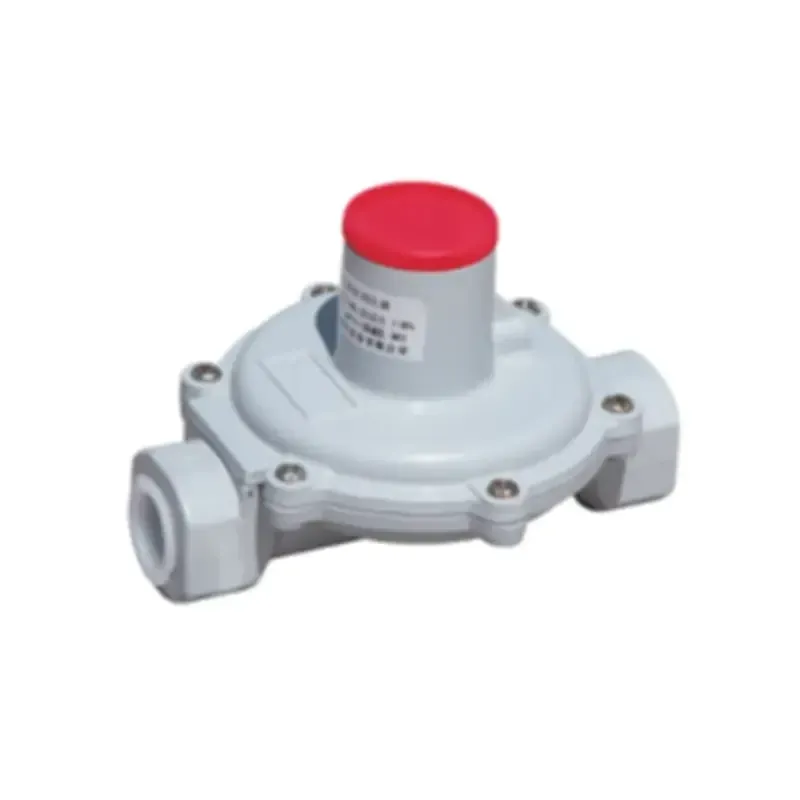
Dec . 17, 2024 00:16
Back to list
cyclone separator
Cyclone Separators An Overview
In various industrial processes, the need to separate particulate matter from gases or liquids is a common challenge. Cyclone separators, a type of industrial equipment, offer a highly efficient solution for this problem. They are especially popular in applications involving air pollution control, dust collection, and product recovery in industries ranging from food processing to pharmaceuticals.
What is a Cyclone Separator?
A cyclone separator is a device that uses centrifugal force to separate particles from a gaseous or liquid stream. This method relies on the principle that denser particles will be forced outward to the walls of the cyclone due to the centrifugal force generated by swirling flow. The design of a cyclone separator typically involves a cylindrical body with a cone-shaped bottom, with an inlet that allows the air or liquid stream to enter tangentially. This tangential entry creates a swirling motion, essential for effective separation.
How Does It Work?
The operation of a cyclone separator can be broken down into several steps
1. Inlet Flow The mixture of gas (or liquid) and particles enters the cyclone through a tangential inlet. This design causes the flow to turn in a circular pattern, initiating a spiraling motion. 2. Centrifugal Action As the gas or liquid spirals downward, the denser particles are subjected to centrifugal force. Due to their larger mass compared to the gas, they are forced against the wall of the cyclone.
3. Separation The particles slide down the wall of the cyclone into the cone portion, where they eventually exit through a discharge outlet at the bottom. The cleaned gas (or liquid) continues to spiral upward towards the outlet at the top of the cyclone.
4. Collection The separated particles are collected for disposal or further processing, while the purified gas or liquid is expelled from the top outlet.
Advantages of Cyclone Separators
cyclone separator

Cyclone separators offer several notable advantages
- No Moving Parts One of the primary benefits of cyclone separators is their lack of moving parts, which results in low maintenance requirements and high reliability.
- High Efficiency Cyclone separators can achieve separation efficiencies of up to 99%. This efficiency is largely dependent on factors such as particle size, density, and the flow rate of the gas or liquid.
- Versatility These separators can handle a wide range of particle sizes and flow rates, making them suitable for various industrial applications.
- Cost-Effectiveness Due to their simple design and construction, cyclone separators are often more cost-effective than other separation methods, such as scrubbers or bag filters.
Applications
The applications of cyclone separators are manifold. In the chemical industry, they are used for controlling emissions and maximizing product recovery. In the food industry, they assist in the separation of flour dust or sugar particles from air streams. In mining and mineral processing, cyclones are commonly used to separate fine particles from slurries.
Conclusion
Cyclone separators serve as a fundamental piece of equipment in many industrial processes where separation of solids from fluids is required. With their straightforward design, high efficiency, and versatility, they continue to play a critical role in enhancing productivity and maintaining environmental standards across various sectors. As industries strive for greater efficiency and sustainability, the importance of effective separation technology like cyclone separators will only grow, paving the way for improvements in both operational capabilities and environmental protection.
Latest news
-
Safety Valve Spring-Loaded Design Overpressure ProtectionNewsJul.25,2025
-
Precision Voltage Regulator AC5 Accuracy Grade PerformanceNewsJul.25,2025
-
Natural Gas Pressure Regulating Skid Industrial Pipeline ApplicationsNewsJul.25,2025
-
Natural Gas Filter Stainless Steel Mesh Element DesignNewsJul.25,2025
-
Gas Pressure Regulator Valve Direct-Acting Spring-Loaded DesignNewsJul.25,2025
-
Decompression Equipment Multi-Stage Heat Exchange System DesignNewsJul.25,2025

